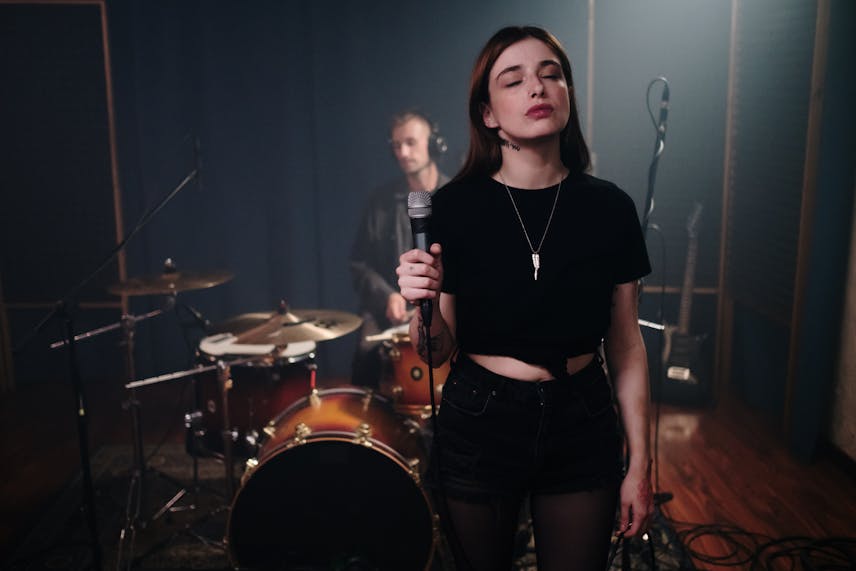When it comes to creating the perfect LOFI track, the usage of drums for LOFI music is essential in crafting that quintessential chill vibe. Drums can be the heartbeat of LOFI, offering a laid-back tempo that invites listeners to relax and unwind.
The Significance of Drums in LOFI Music
LOFI music, known for its mellow and often nostalgic sound, relies heavily on the rhythm section to set the tone. Drums in this genre are typically characterized by their dusty, vintage sound, often resembling the crackles and pops of an old vinyl record. The right drum pattern not only provides a foundation for other instruments but also contributes to the overall atmosphere of the track.
Choosing the Right Drum Sounds
Finding or creating the right drum sound is crucial in LOFI music production. Producers often opt for samples from old jazz, funk, and soul records to achieve an authentic, analog warmth. The sound selection can include muted kicks, soft snares, and understated hi-hats. These sounds are then processed to add texture, often through techniques like bit-crushing or adding vinyl emulation effects.
Programming the Drum Pattern
Once the drum sounds are selected, the next step is to program a pattern that complements the laid-back nature of LOFI music. This often involves creating off-kilter rhythms or ‘swing’ to give the track a looser, more organic feel. In LOFI, it’s common to hear drum patterns that intentionally deviate slightly from the grid, emulating the human element of a live drummer.
Layering and Effects
Layering different drum sounds can add depth and complexity to the rhythm track. Adding subtle layers of percussion such as shakers, tambourines, or soft claps can enhance the texture without overpowering the mix. Effects like reverb and delay are sparingly used to maintain the intimate and close-up feel characteristic of LOFI music.
Breaking Down a Classic LOFI Drum Beat
Let’s dissect a classic LOFI drum beat to understand the nuances involved. Typically, a LOFI beat might start with a kick drum on the first and third beat of a measure, paired with a snare or clap on the second and fourth. The hi-hat pattern is where the groove really comes to life, with producers often opting for a relaxed, swinging rhythm. Adding ghost notes—quieter, secondary notes played on the snare or other parts of the drum kit—can further enhance the groove.
Incorporating Live Drumming
While samples and programming are the norm in LOFI music, incorporating live drumming can add an unmatched level of authenticity. Recording a live drummer playing with brushes or mallets on a well-tuned kit can bring an organic touch that’s hard to replicate digitally.
Experimentation and Innovation
The world of LOFI is not bound by strict rules, making experimentation a key part of the creative process. Producers are constantly finding new ways to manipulate drum sounds and patterns to set their music apart. This might include playing with unconventional time signatures, incorporating found sounds as percussive elements, or blending electronic and acoustic drum samples.
In conclusion, the art of integrating drums for LOFI music is all about balancing the old with the new, the digital with the organic, and the structured with the freeform. It’s this intricate dance of elements that makes LOFI drums so central to the genre’s allure and its ability to transport listeners to a place of calm and contemplation.
Whether you’re a seasoned LOFI producer or just starting out, the journey through the world of LOFI drums is one of endless possibilities and discoveries. As you delve into the subtle intricacies of drum programming and sound selection, you’ll find that these beats are more than just a backdrop—they’re the soul of LOFI music.

